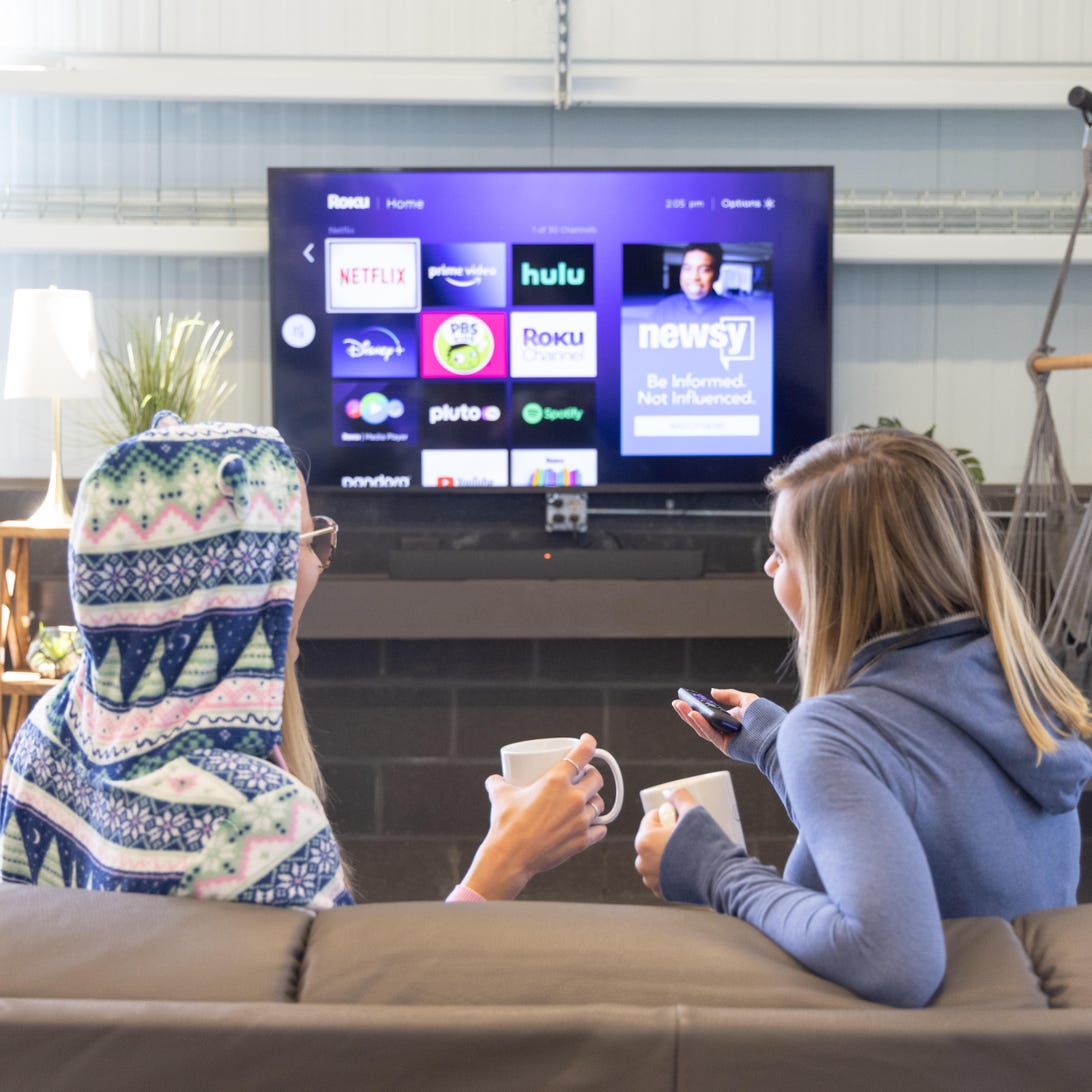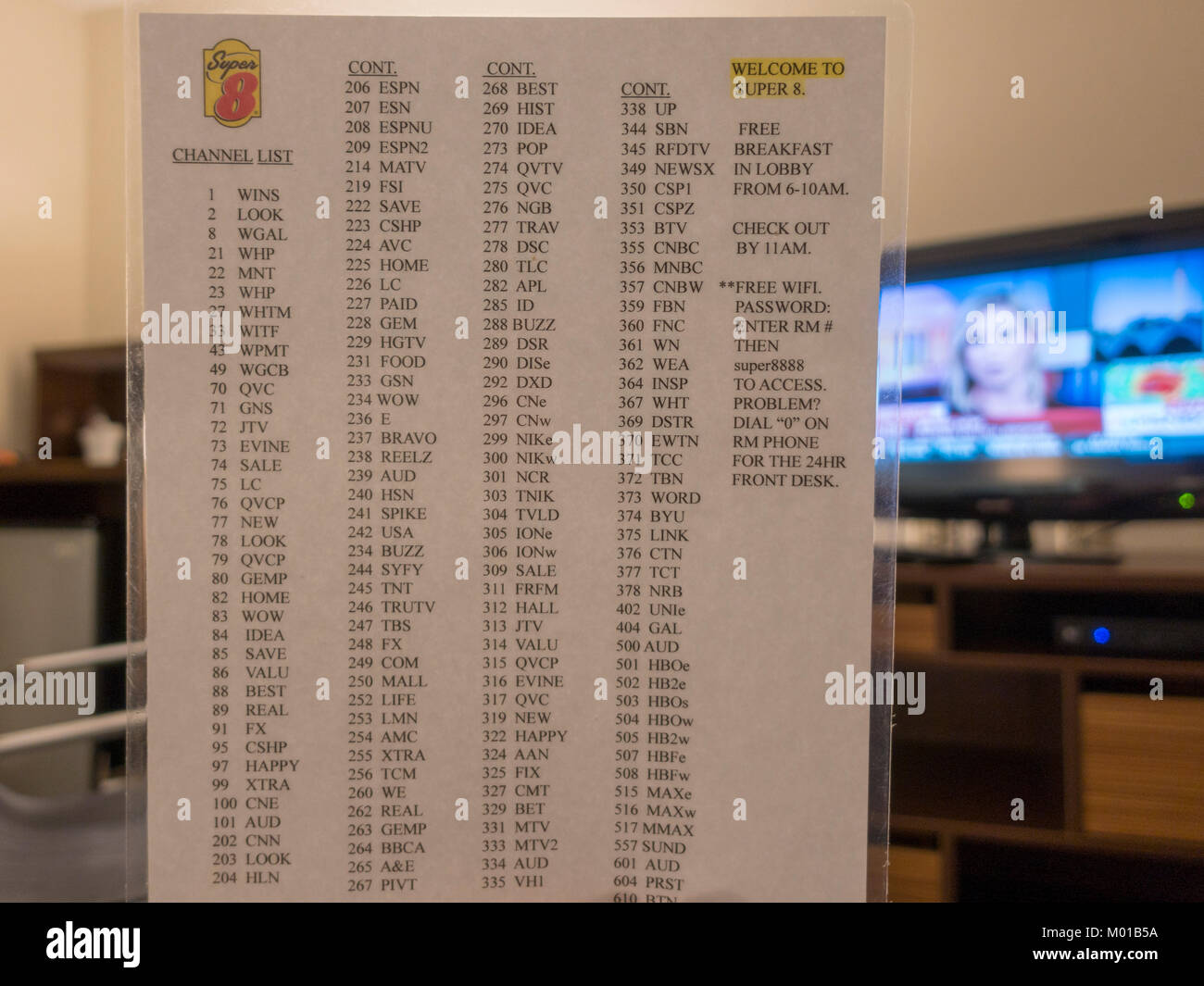Getting My Apollo Group Tv To Work
Getting My Apollo Group Tv To Work
Blog Article
Unknown Facts About Apollo Group Tv
Table of ContentsGetting My Apollo Group Tv To WorkIndicators on Apollo Group Tv You Need To KnowMore About Apollo Group TvNot known Details About Apollo Group Tv
In this scenario, as opposed to having three-minute business places during a 30-minute television program, TV programming might change to one where a consumer will certainly be called for to have a monthly subscription, to ensure that they cen view targeted banner ads. This sort of advertising and marketing already happens on the web, and the quantity of information television companies gather allows them to do a lot the exact same.Define the significant fads amongst the broadcasting and cord networks. Popular radio reveals such as police dramatization Dragnet and western cowboy series Gunsmoke were adapted for tv, and brand-new Television shows were sponsored by solitary advertisers, simply as radio programs had actually been.
Today, the television industry is even more intricate. Programs are funded by several advertisers; programming is regulated by major media conglomerates; and the 3 significant networks no longer dominate the airwaves but instead share their visitors with many cable channels. A number of factors make up these patterns within the sector, including technological advancements, government laws, and the creation of brand-new networks.

Some Of Apollo Group Tv
Established in 1969, (PBS) created out of a record by the Carnegie Compensation on Educational Tv, which examined the role of educational, noncommercial tv on society. Public television was additionally intended to give global accessibility to television for customers in rural areas or audiences that can not pay for to pay for private television services.
The duration in between 1950 and 1970 is traditionally identified as the. In addition to a tiny portion of airtime regulated by public television, the 3 significant networks (called the Big Three) controlled the television sector, jointly representing more than 95 percent of prime-time watching. In 1986, Rupert Murdoch, the head of multinational firm Information Corp, introduced the Fox network, testing the prominence of the Big Three.
Targeting young and minority audiences with programs such as Buffy the Vampire Slayer, Moesha, Dawson's Creek, and The Wayans Bros., the new networks intended to draw terminals far from their old network affiliations. Instead than repeating the success of Fox, UPN and WB struggled to make an effect. Incapable to attract numerous affiliate terminals, the 2 fledgling networks got to fewer houses than their larger rivals since they were impossible in some smaller sized cities.
This choice paved the way for the growth of cable flick channels, contributing to the exponential development of cord in the 1980s and 1990s. apollo tv. Additional deregulation of cable in the 1984 Cord Communications Policy Act eliminated constraints on cable prices, making it possible for drivers to bill what they wanted for wire services as long as there worked competitors to the service (a requirement that over 90 percent of all wire markets can meet)
Getting The Apollo Group Tv To Work

Having developed the first "superstation," Turner broadened his world by starting 24-hour information network CNN in 1980. At the end of the year, 28 national programs solutions were offered, and the cable television revolution had begun. Over the following decade, the industry undertook a duration of fast growth and appeal, and by 1994 visitors can pick from 94 basic and 20 premium cable solutions.
Figure 9 - check here https://apollogtv01.mystrikingly.com/blog/apollo-group-tv-revolutionizing-your-streaming-experience.16 Increased competition from wire channels has created a consistent decrease in the networks' target market rankings. During the 1950s, the cost of creating a solitary tv show increased as shows ended up being much longer and manufacturing costs rose. Sponsorship on network tv shifted from solitary sponsorship, in which a program was totally sustained and created by one advertiser, to multiple sponsorship, in which marketers acquired 1- or 2-minute spots on the program
Choose one of the Big Four networks and publish out its regular shows schedule. Watch the network's prime-time programs over the course of a week, noting the target group for each show.
The Buzz on Apollo Group Tv

Direct TV, usually described as standard program TV, includes cord and satellite tv. It's called "direct" since material adheres to a fixed programming routine, unlike on-demand web content which the individual viewer decides to enjoy based on their own preferences and timetable. When you ask, "What is linear Television?", think about it as the timeless way of viewing television that has been around for decades.
Report this page